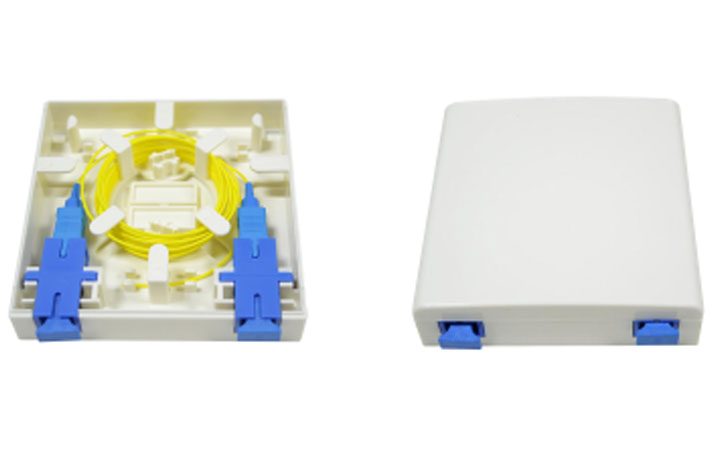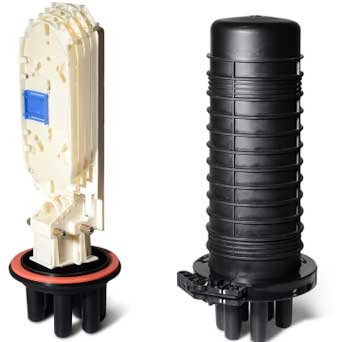With the advent of the era of 5G and big data, there are more and more high-density and high-bandwidth applications, and people's requirements for transmission rates are getting higher and higher. The importance of optical communication is self-evident. As the installed fiber grows, the management of optical transport networks becomes more difficult. There are many factors that should be considered in the fiber cabling process, such as flexibility, future feasibility, deployment and management costs, etc. In order to handle a large number of fibers with lower cost and higher flexibility, various fiber optic termination boxes are being widely used for connectors and arranging fibers.
1. Know the fiber optic termination box
Fiber Termination Box is a fiber management product used to distribute and protect fiber optic links in FTTH networks. Due to its small size, it is also considered a miniature version of the Optical Distribution Frame or Optical Distribution Frame (ODF). The number of ports in a fiber optic termination box varies from 8 to 96 ports, so you can choose the right junction box for your cable needs.
The optical fiber terminal box is the terminal connector of the optical cable, one end is the optical cable, and the other end is the optical cable tail. This is the equivalent of a subscriber cable termination box, requiring the cable to be split into individual fiber optic devices, which are then wall mounted. Its function is to provide fusion splicing between different optical fibers, fusion splicing of optical fibers and optical fiber tails, and transmission of optical fiber connectors. It also provides mechanical protection and environmental protection for the fiber and its components, and allows for proper inspection to maintain the highest standards of fiber management.
2. The structure of the fiber optic terminal box
The fiber optic termination box contains the outer shell, internal components (support frame, fixed fiber optic tray, clamps) and fiber optic connector protection components. In fiber optic termination boxes, insulation is always required between the cable metal parts and the cable junction box housing to provide storage space for the cable termination and remaining fiber. PHXFIBER is a company specializing in the production of fiber optic termination boxes. It has many years of service experience.
The optical cable terminal box consists of three parts: the shell, the internal components, and the optical fiber connector protector.
Enclosure: The enclosure should be easy to open and install, and there should be a lead-out device for high-voltage protective grounding of the metal parts of the optical cable.
Internal components: should include the following parts: 1. Support frame: the main body of the internal structure, used for the support of the internal structure. 2. Optical fiber collection tray: used to store optical fiber connectors (and their protective components) and remaining optical fibers in an orderly manner. The length of the remaining fiber is not less than 1.6m, and the radius of curvature of the remaining fiber-optic disk is not less than 37.5mm. It also provides easily identifiable fiber number markings and a convenient reconnection maneuvering space. 3. Fixing device: used to fix the optical cable sheath, fix the optical cable strength member, and fix the wiring pigtail.
Optical fiber connector protection: Optical fiber connectors can be protected by heat shrink protection tubes, protection clips, etc.

 EN
EN



